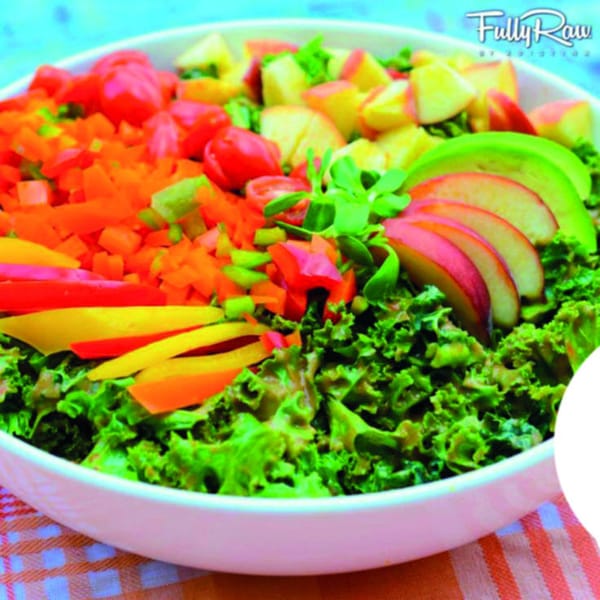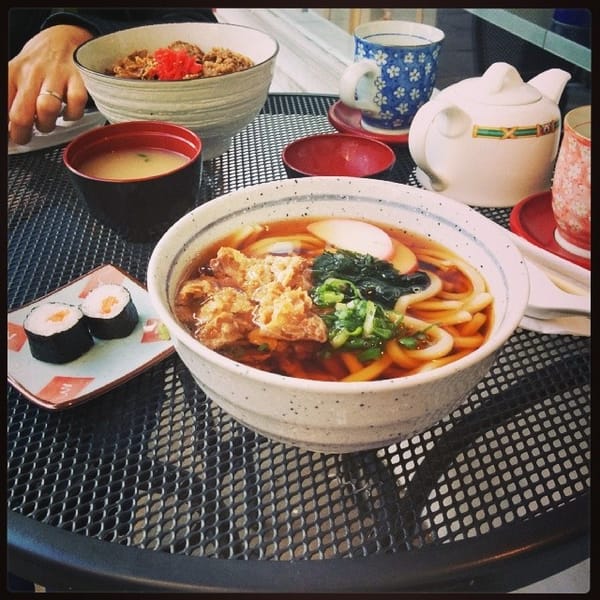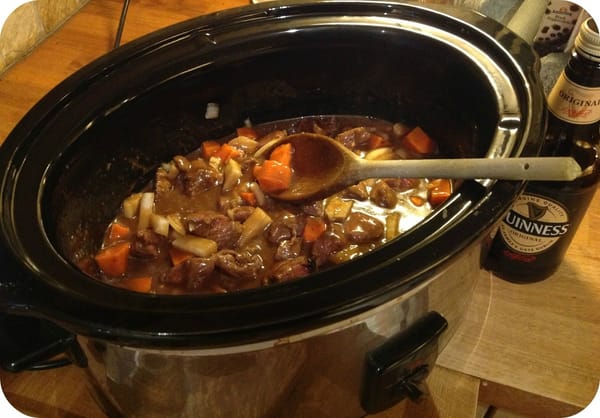Quick curry-basics cheatsheet
The cheats behind a basic but beautiful curry
All good curry starts with a base that includes fragrant bulb veg, chillies and some aromatics. To make mine I blend together onions, lemongrass and dried chillies, then fry it together with curry leaves (a mainstay of Southeast Asian curries) until fragrant. Then add to this mixture chili powder and curry powder to taste/tolerance levels. It’s easy to scale this up in batches and then separate into your desired portion sizes before freezing. A cheap compact blender will do the job (no need for a fancy Vitamix), and you can use it for so many other things as well. I own a lovely turquoise one by Breville which costs about £40.
I prefer not to salt this mixture unless I’m going to use this straightaway, as I usually pre-season my meat before I add it to the curry base. This gives me more control over the saltiness levels, as I can then use the same base for many different types of meat.
After you add your meat to the base and mix it thoroughly, top up with liquid (usually water) and simmer until meat is tender. Add a bit more water if you like your curry more liquid, less if you prefer them thicker; just make sure you check seasoning. Most curries get their creaminess from the addition of some coconut milk - use a little less than you think you need, as it’ll reduce and then thicken up. Remember you can always add, but ye cannae take away!
Malaysians tend to eat curries with flavored rice, such as_ nasi biryani (rice with cardamom, cumin and turmeric) or nasi lemak _(creamy rice with coconut milk/oil.) They’re super-easy to make; add the spices to your cooking water before you boil your rice on the stove (or flick your rice cooker switch.) For nasi lemak, just swap out some of the water for coconut milk.









